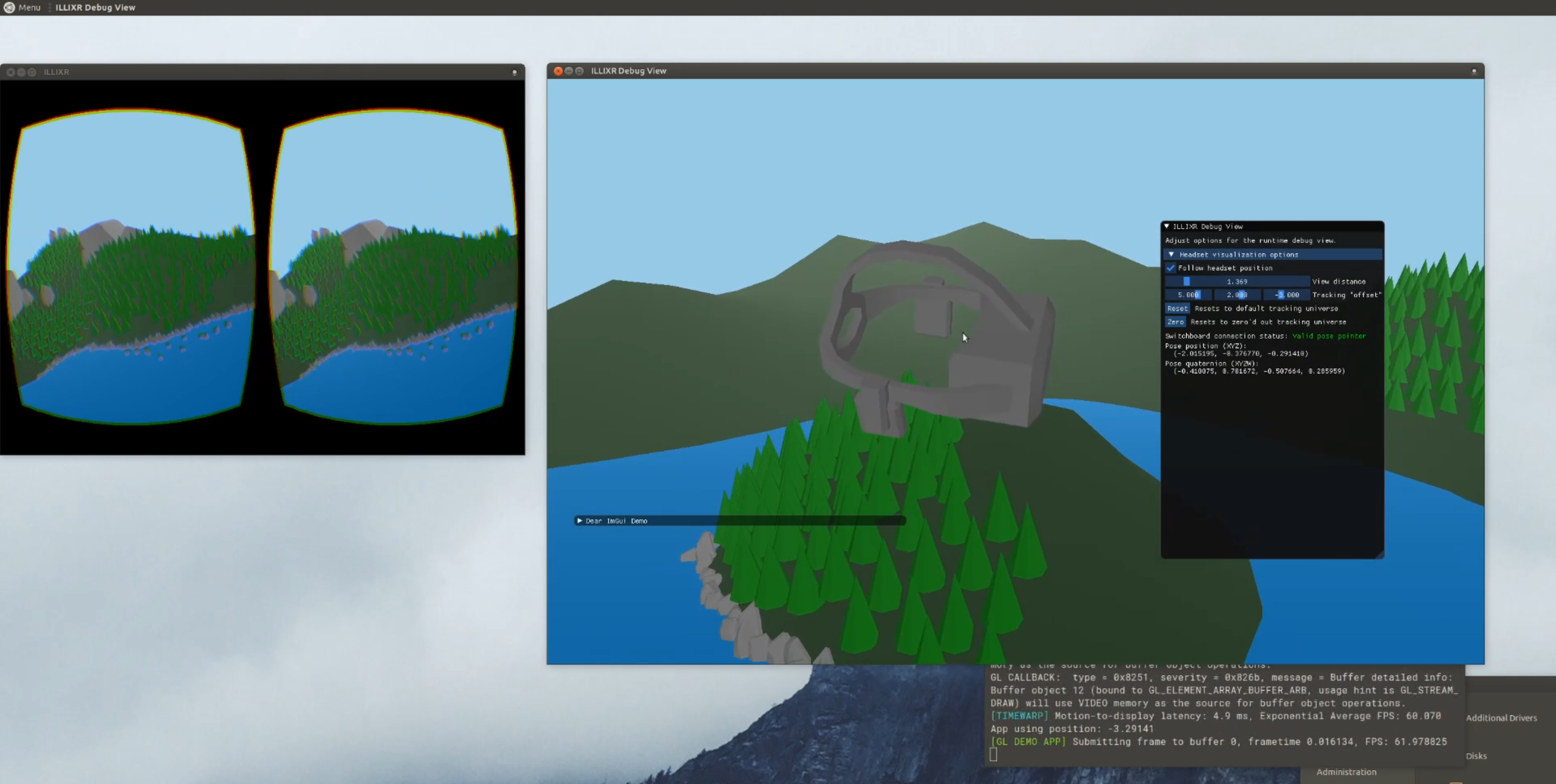Finn Sinclair
Building new ways for humans to connect with each other and the objects, machines, and tools they use.
Engineer at 
 08 Apr 2020 - Finn Sinclair
08 Apr 2020 - Finn Sinclair
Last semester, I was fortunate enough to co-author a paper with my colleagues at the University of Illinois on benchmarking extended reality algorithms as part of our efforts towards a fully open-source XR ecosystem. In this paper, we profiled and benchmarked several standard XR components (SLAM/VIO for tracking, rotational reprojection, holographic reconstruction for multi-focal displays, among others) and made observations about the improvements that would be necessary for ideal AR/VR.
View our research paper on arXiv
Visit the ILLIXR project website
My portion of the work was dedicated to the post-processing/rotation reprojection. For AR/VR, reprojection is essential for improving motion-to-photon latency, as well as making up for poorly-performing applications and limited hardware resources. For our implementation, we ported several shaders from J.M.P. van Waveren’s famous source code from the original Oculus rotational timewarp implementation. We extracted the reprojection code to use in our own isolated benchmarking application. In addition, we also used the lens distortion correction and chromatic aberration correct shaders from van Waveren’s project as well; resulting in a full post-processing stack for typical VR HMDs.

Moving forward, we are working to create an entire, brand-new, open source, modular XR runtime for both academic researchers and XR hackers everywhere. We are building a rock solid foundation for high performance and modular XR solutions, using the Monado OpenXR interface for compatibility with up-and-coming OpenXR applications and game engines.
